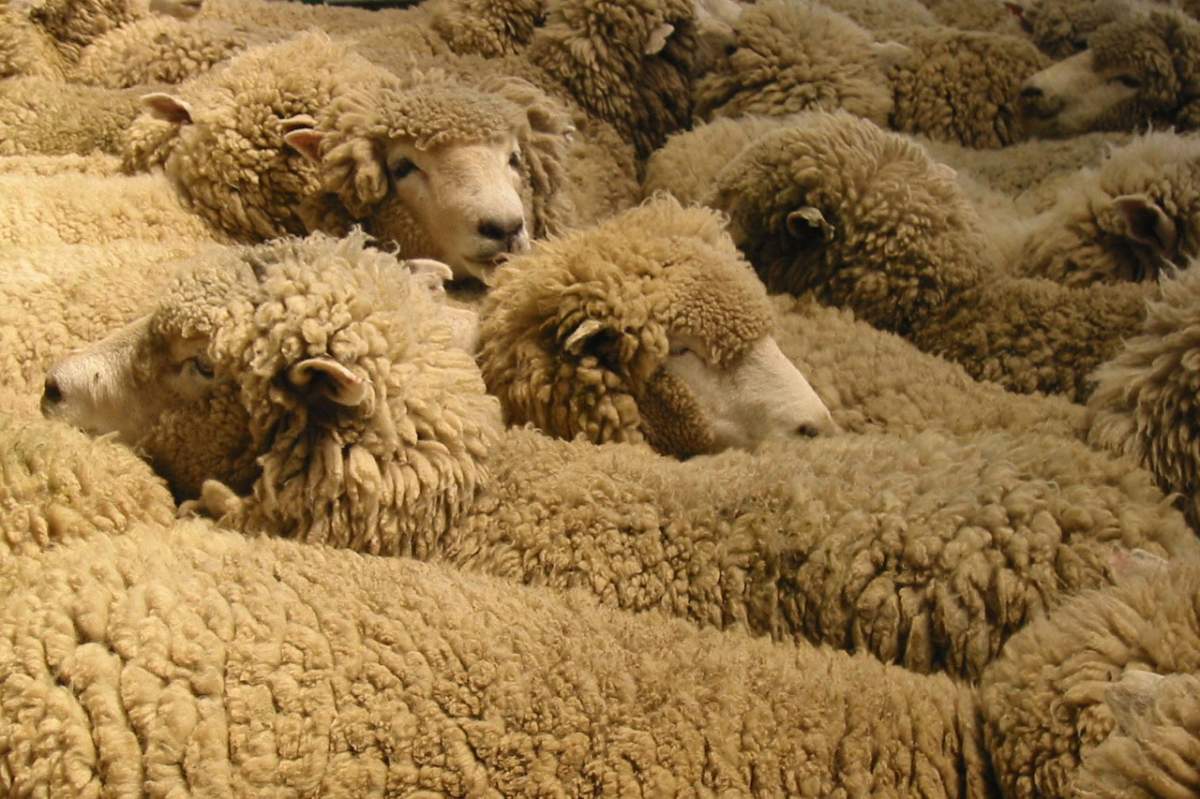
Dear A Moment of Science,
I find it interesting that many animals, like sheep, zebras, fish, and birds, tend to congregate and move around in flocks. What's the science behind flocking?
Until recently, scientists could only theorize about why some animals congregate, or flock, in large herds. There's the notion that flocking means more eyes to spot predators or prey. And congregating may also help form kin networks to care for young. But the most widely agreed upon notion is known as the "selfish herd theory" the idea that animals clump together because it makes it less likely that any one individual will end up as prey.
Selfish Herd Theory
Now, there's hard evidence backing the theory. Scientists in England equipped sheep and a herding dog with GPS enabled backpacks. Able to track the movements of the sheep and dog in real time, the researchers found that individual frightened sheep do in fact press toward the center of the flock as a sort of safety mechanism.
And as individual animals press toward the center in a revolving, folding in on itself loop, the entire flock moves away from the threat, whether it's a dog or a wolf or some other predator.
Flocks
The researchers did not study flocking in birds, fish, or other animals. But it's likely that the sheep study helps explain flocking in other species, too.









